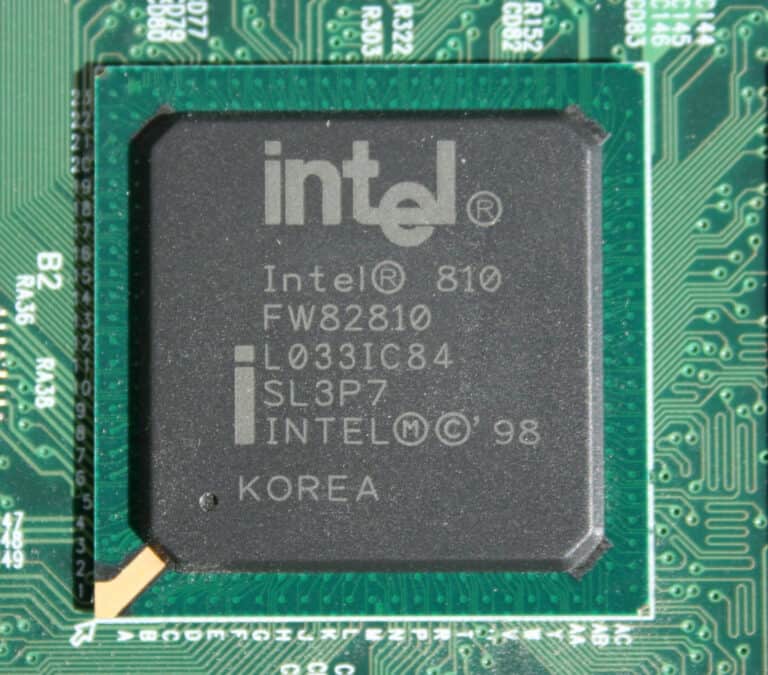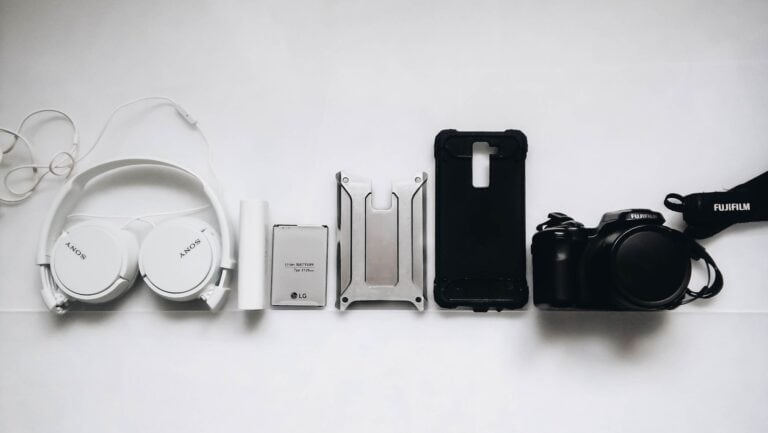Choosing between LED and OLED screens can be tricky. Both offer stunning visuals, but questions about longevity linger. Let’s delve into the nitty-gritty of these display technologies to determine the champion of lifespan.
Understanding the Illumination Game
Before diving in, let’s establish the basics:
- LED (Light-Emitting Diode): These utilize a backlight to illuminate pixels, commonly found in LCD screens.
- OLED (Organic Light-Emitting Diode): Each pixel in an OLED screen acts as its own light source, resulting in superior black levels and vibrant colors.
OLED vs LED Lifespan
| Feature | LED Screens | OLED Screens |
|---|---|---|
| Typical Lifespan | 30,000 – 100,000 hours (at half brightness) | 20,000 – 100,000 hours (at half brightness) |
| Degradation Pattern | Gradual and uniform brightness reduction | Potential for uneven degradation, color shift (especially blue), and burn-in |
| Burn-in Risk | Very low | Moderate to high, especially with static images |
| Factors Affecting Lifespan | Overall usage time, brightness settings, display content | Overall usage time, brightness settings, display content (static images pose the highest risk ) |
| Strengths | Generally longer lifespan, less susceptible to burn-in | Potential for superior image quality with deeper blacks and vibrant colors |
The LED Advantage: Durability Through the Years
- Long-lasting Champions: LED screens boast lifespans ranging from 30,000 to 100,000 hours, according to industry reports. That translates to roughly 10 to 30 years of use, assuming moderate viewing times.
- Fading with Grace: As LEDs age, they tend to lose brightness uniformly, preserving image quality for a longer duration.
The OLED Conundrum: A Trade-off for Beauty
- Shorter Lifespan: While offering exceptional visuals, OLEDs generally have lifespans of 20,000 to 100,000 hours. This range depends heavily on usage patterns and OLED type.
- The Burn-in Issue: A significant concern with OLEDs is burn-in, a phenomenon where static images become permanently etched on the screen with prolonged exposure. This can significantly reduce the usable lifespan of an OLED display.
- Color Degradation Over Time: The organic materials in OLEDs are susceptible to degradation, especially blue pixels. This can lead to color imbalances over time.
Beyond Lifespan: A Look at User Reviews
“I’ve had my LED TV for over 8 years, and the picture quality is still excellent,” says David Chen, a satisfied LED user. “While OLEDs look amazing, the burn-in risk makes me hesitant.”
“For my gaming PC, an OLED monitor was a game-changer,” shares Sarah Miller, an avid gamer. “The deep blacks and vibrant colors create an immersive experience. I just have to be mindful of static elements on the screen.”
The Verdict: It’s All About Your Needs
Both LED and OLED excel in different aspects. While LEDs boast superior lifespans, OLEDs offer unparalleled image quality. Here’s a quick cheat sheet to guide your decision:
Choose LED if:
- Lifespan is a top priority.
- You plan to use the screen for extended periods.
- You’re concerned about burn-in.
Choose OLED if:
- Image quality and vibrant colors are paramount.
- You’re willing to take some precautions to avoid burn-in.
- Your budget allows for a premium display experience.
Ultimately, the best choice depends on your individual preferences and viewing habits!
FAQs
Can OLED burn-in be fixed?
While minor burn-in might improve with varied content display and pixel refreshing features, severe burn-in is permanent.
How to extend my screen’s lifespan?
Using moderate brightness levels, turning off the screen when not in use, and avoiding static images for long durations can significantly improve your screen’s lifespan, regardless of technology.
Is QLED the same as OLED?
No, QLED is a type of LED display that uses quantum dots to enhance color and brightness. OLEDs, on the other hand, rely on organic light-emitting diodes for illumination.
Which screen offers better color accuracy?
OLED screens are generally known for superior color accuracy and deeper blacks due to individual pixel lighting control.
Are LED screens immune to burn-in?
LEDs are far less susceptible to burn-in compared to OLEDs. However, prolonged exposure to static images can still cause image retention or minor burn-in on LED screens in extreme cases.







